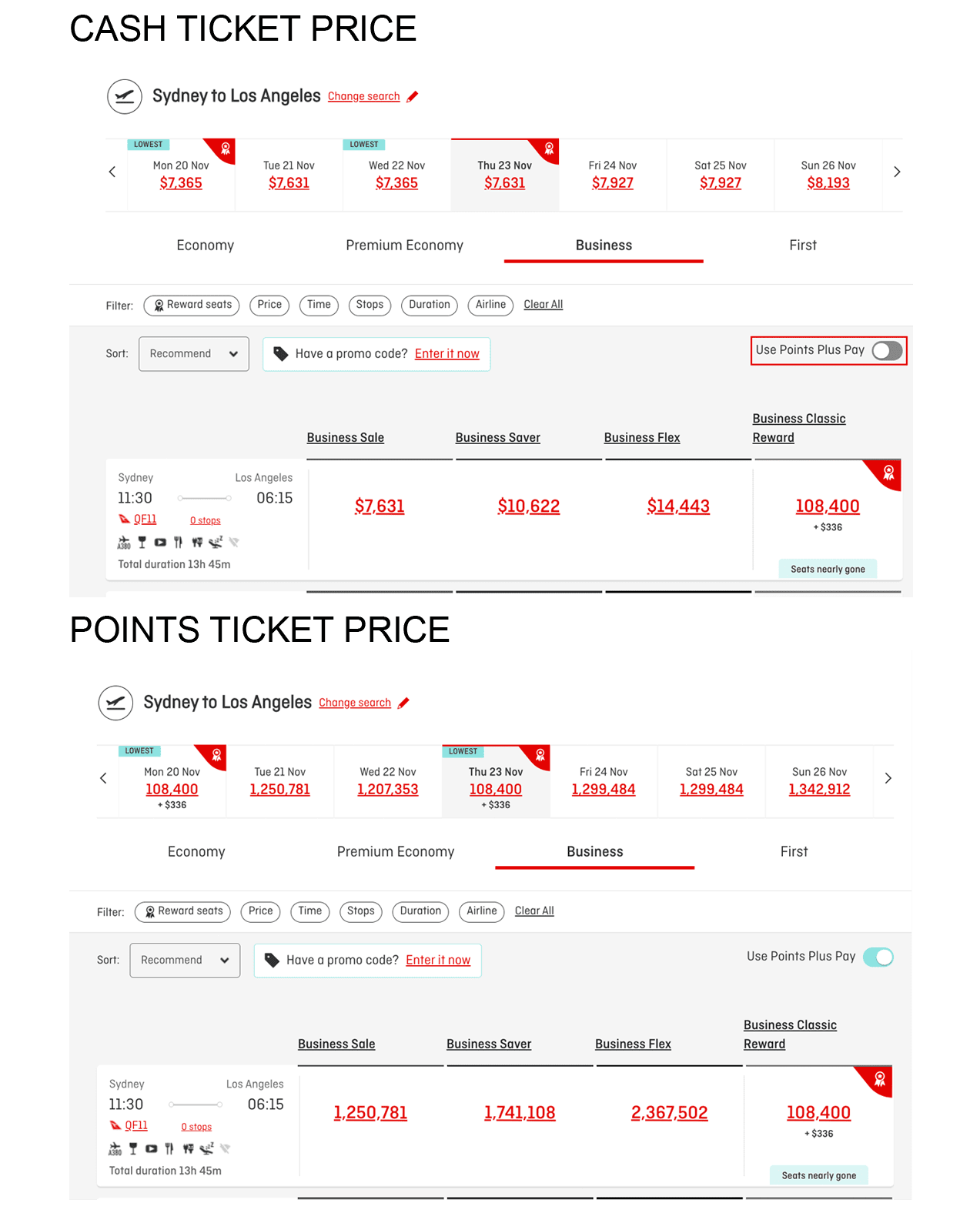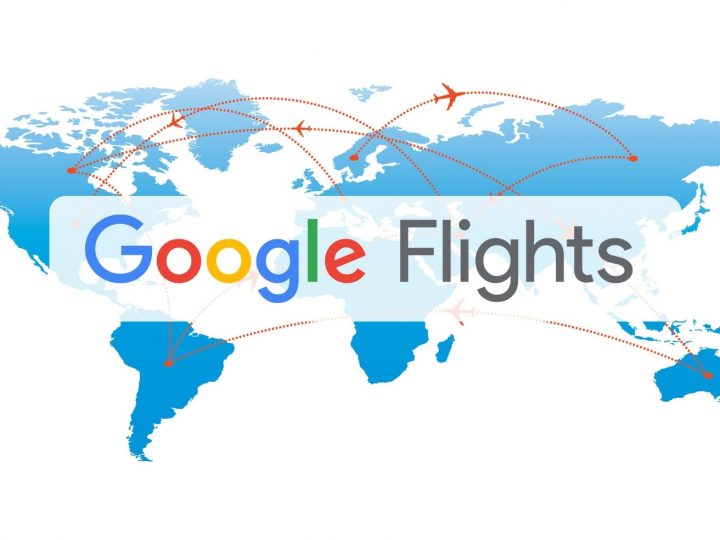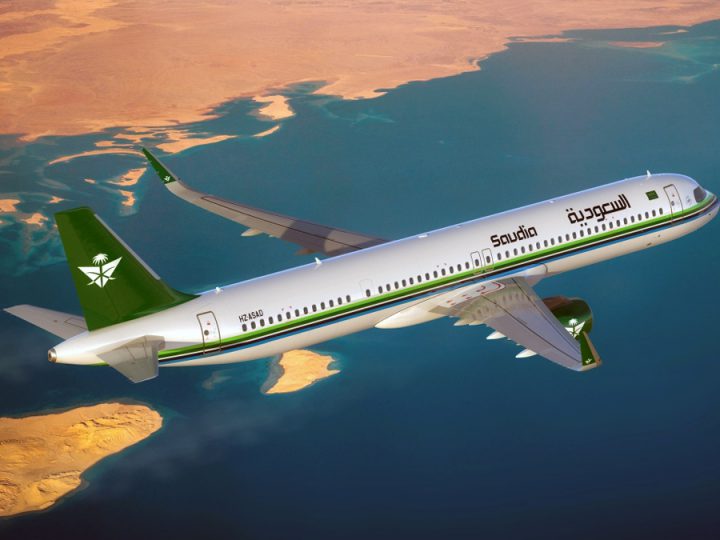Most beginner points enthusiasts (and some intermediates!) fail to understand a crucial part of the hobby. It often leads to confusion, outrage and me being called a liar for sharing how much I paid for a certain flight… the internet is a wild place after all.
Can you guess what it is?
It’s the concept of a “reward seat/award seat,” a term which can cause a lot of misunderstanding. Allow me to clarify: a reward or award seat is essentially a ticket bought with airline points or miles rather than cash. The cost of these seats in terms of points depends on the air mile distance + class of travel. Award prices are a fixed value of miles/points + a small cash component where you pay for the taxes such as departure tax, fuel surcharge etc.
On a weekly basis, I receive messages from readers perplexed about the price of a flight from A to Z in points. They see astronomical numbers, in the millions, while I’ve written about redeeming the same flights for a fraction of that cost.
Questions arise: Did I get a limited-time deal? Was this a special promotion?
In this post:
Some Points History
Here’s the crux of the matter. Airlines attach a certain value to their points. However, this value can shift based on various circumstances. While airlines are always eager to sell as many points as possible, they need to maintain our interest. They do this by offering tantalising rewards. After all, points, in and of themselves, have no inherent value. They can be created by airlines at the push of a button, with nothing tangible to back up their worth.
So, how do airlines create perceived value for these points, enticing us to earn more? The answer is straightforward: they offer us things we desire. Predominantly, these rewards come in the form of flights and upgrades.
From Flights To Toasters
Airlines didn’t stop at just flights and upgrades, though. They realised that they could widen their customer base by offering other “stuff.” Just imagine: there’s a whole market of customers who don’t value travel but might want a toaster, a treadmill, or a new iPad!
As I delve deeper, the point I’m aiming to drive home is this: points are incredibly valuable to airlines. In fact, they often comprise the most profitable part of an airline’s business.
The Actual Value Of Points
Remember the proverbial “carrot on a stick?” That’s where the concept of points started – a genuine “reward” for earning these points. Something of tangible value. For Qantas, this is known as the “Classic Reward,” a fixed number of points that can be exchanged for a ticket in the class of your choice.
The number of points required is based on the air mile distance. Thus, we have “award charts” to refer to when calculating our award price.
—
Naturally, it’s the job of a frequent flyer program to carefully manage supply and demand. After all, if an airline gives away too many rewards, people won’t want to pay in cash. On the other hand, if they don’t offer enough rewards, interest in their frequent flyer program may wane. This could lead to a loss of revenue from the sale of points to third parties such as banks, supermarkets, and others.
So, that’s part one of understanding points: an award or reward flight is a fixed number of points or miles required for a flight based on the number of air miles flown. This is a simplified explanation, of course. There are also zone-based award programs, dynamic ones, and so on.
Now, what about those flights that cost a million points?
Airlines quickly understood that people hoarding a large number of points represented a sort of liability on their books. Their solution was to allow these individuals to redeem their points at a price set by the airline. This price isn’t based on distance or zones but on the dollar value of the ticket in question.
Take this scenario, for example: let’s say the ticket you’re eyeing costs $7,631 with Qantas in business class. Qantas allows you to redeem your points at a rate of $0.0061. This means we need to divide $7,631 by 0.0061 to get the number of points required. In this instance, that would be 1,250.781 Qantas Points in exchange for a $7,631 ticket
Qantas calls this “Points + Pay”. You are essentially using your points at a value determined internally by Qantas.
Meanwhile, the Classic Reward price, remains the same. If the ticket goes up to $10,000 tomorrow, the Classic Reward price is still 108,400 + fees while a points + pay ticket would skyrocket to 1,639,344 Qantas Points.
How about Velocity?
Like Qantas, Virgin Australia’s Velocity program operates similarly. We can book flights as reward seats based on the air mile distance chart, or, alternatively, they allow us to book tickets on a cash basis using points.
Interestingly, Velocity Frequent Flyer values their points for flights at $0.0059, slightly less than Qantas.
—
Using points in this way, though, is a rookie mistake. After all, you could probably redeem them for gift cards at a higher value!
So, don’t be misled. Using points in this way isn’t considered a “reward ticket”; it’s the equivalent of a cash ticket.
Searching for classic flight rewards might be more challenging and time-consuming, but that’s exactly the point (no pun intended)!
This pursuit is part of the thrill of being a points enthusiast. It’s about strategising, hunting down the best deals, and finally redeeming them. When done correctly, you can truly make the most out of every point.













So you’re saying always go for the classic rewards. Does the same hold true for upgrade or bid to upgrade with points?
A points upgrade will be fixed in pricing depending on your booking class. Bid to upgrade using points will just be the same as points+pay where the airline sets the value based on the cash upgrade prices.